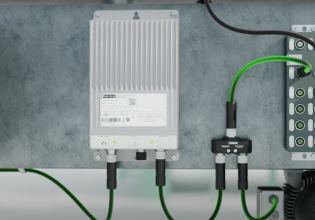B
The previous Engineer left this for me...
The problem is we are starting to have alot of erratic operations, not reading inputs and improper sequences. Not all machines behave the same, some are worse than others.
We are using KOYO/Plc Direct 405's in our machinery
405's function is:
1. Communicating w/a basic module for serial communications.
2. Supporting an optimate 2 line display w/multiple input buttons, continuous scan of input from operators.
Needless to say alot of subroutines are used.
My questions are:
Is there a way to determine the scan time of my program?
What are other peoples experiences w/scan times, and overtaxed PLC's?
I prefer A/B PLC's.
Thanks in advance
Brad Elliott
Seattle, WA
The problem is we are starting to have alot of erratic operations, not reading inputs and improper sequences. Not all machines behave the same, some are worse than others.
We are using KOYO/Plc Direct 405's in our machinery
405's function is:
1. Communicating w/a basic module for serial communications.
2. Supporting an optimate 2 line display w/multiple input buttons, continuous scan of input from operators.
Needless to say alot of subroutines are used.
My questions are:
Is there a way to determine the scan time of my program?
What are other peoples experiences w/scan times, and overtaxed PLC's?
I prefer A/B PLC's.
Thanks in advance
Brad Elliott
Seattle, WA






